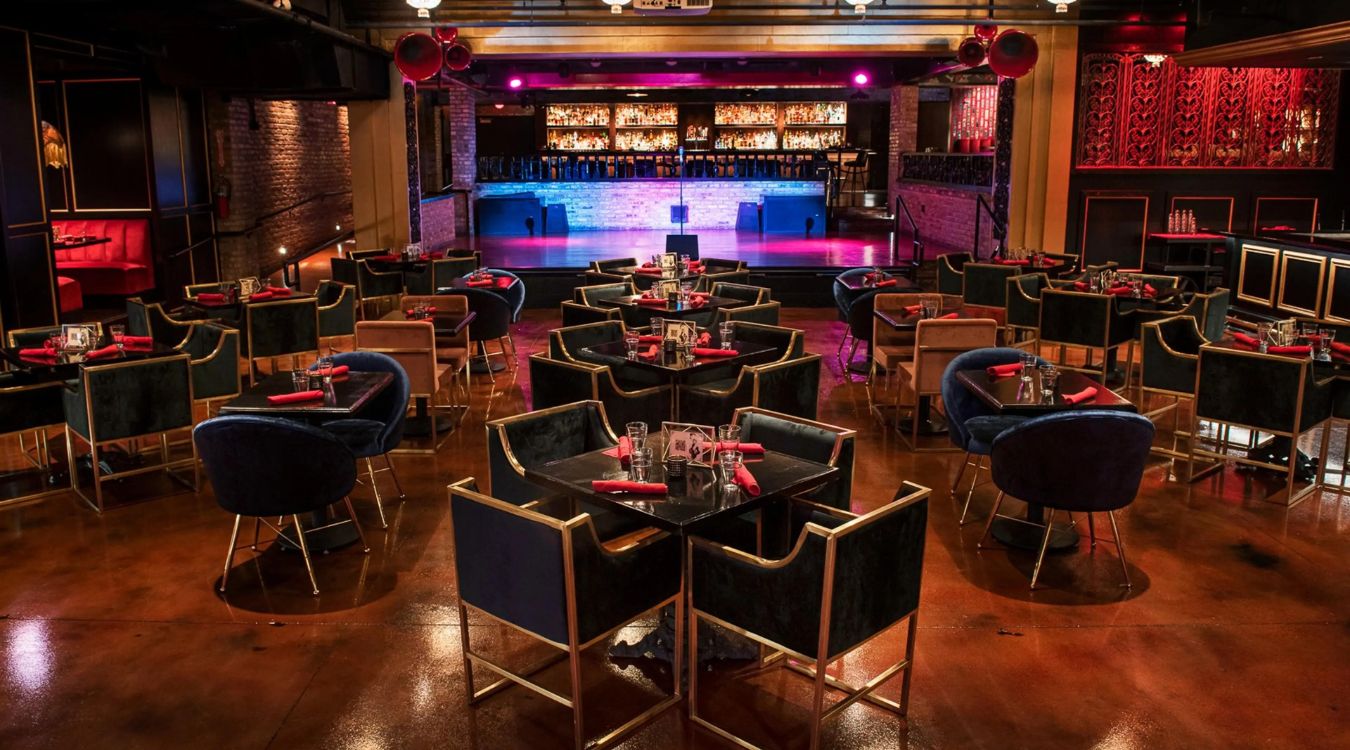Hidden Underground Jazz Clubs Of Chicago’s Past

Chicago's jazz scene has always been legendary, but did you know about the hidden underground jazz clubs of its past? These secret spots were the heartbeat of the city's music culture during the Prohibition era. Imagine walking down a dimly lit alley, hearing the faint sounds of a saxophone, and finding a door that leads you to a world of rhythm and blues. These hidden underground jazz clubs were not just places to hear great music; they were sanctuaries for artists and fans alike. Let's take a step back in time and uncover the stories behind these iconic venues.
The Allure of Chicago's Underground Jazz Scene
Chicago's jazz scene has always been legendary. But beneath the surface, hidden clubs once thrived, offering a secret world of music, dance, and culture. Let's dive into some of these iconic spots.
1. The Green Mill Cocktail Lounge
The Green Mill Cocktail Lounge, still operational today, holds a rich history. During Prohibition, it was a speakeasy frequented by Al Capone. The underground tunnels beneath the club allowed for quick getaways.
2. The Beehive
Located in the heart of the South Side, The Beehive was a hotspot for jazz enthusiasts. Known for its intimate setting, it hosted legends like Charlie Parker and Dizzy Gillespie. The club's basement setting added to its mystique.
3. The Blue Note
The Blue Note, though short-lived, left an indelible mark on Chicago's jazz history. Situated in a basement, it was a haven for bebop lovers. The club's low ceilings and dim lighting created an atmosphere perfect for jazz improvisation.
4. The Gate of Horn
The Gate of Horn, primarily a folk club, also embraced jazz. Its underground location made it a favorite among those seeking a unique musical experience. Artists like Odetta and Bob Gibson graced its stage, blending folk and jazz seamlessly.
5. The Sutherland Lounge
Housed in the basement of the Sutherland Hotel, this lounge was a cornerstone of the jazz community. The Sutherland Lounge attracted big names like John Coltrane and Miles Davis. Its hidden entrance added an element of exclusivity.
6. The London House
The London House, perched along the Chicago River, had an underground jazz club that drew in crowds. Known for its sophisticated ambiance, it featured performances by Oscar Peterson and Ramsey Lewis. The club's hidden nature made each visit feel like a secret rendezvous.
7. The Jazz Showcase
Before becoming a prominent venue, The Jazz Showcase started in a basement. Joe Segal's vision brought in artists like Dexter Gordon and Sonny Rollins. The underground setting provided an intimate space for jazz lovers to connect with the music.
8. The Birdhouse
The Birdhouse, a lesser-known gem, was tucked away in a basement on the West Side. It was a sanctuary for avant-garde jazz. Musicians like Sun Ra and his Arkestra found a home here, pushing the boundaries of jazz in an underground setting.
9. The Back Room
The Back Room, hidden behind an unassuming storefront, was a speakeasy-style jazz club. Its underground location and secretive entrance made it a favorite among jazz aficionados. The club's cozy atmosphere was perfect for late-night jam sessions.
10. The Velvet Lounge
Fred Anderson's Velvet Lounge, originally located in a basement, became a hub for free jazz. The club's underground origins gave it an edge, attracting experimental musicians. Its legacy continues to influence Chicago's jazz scene today.
The Legacy of Chicago's Underground Jazz Clubs
Chicago's underground jazz clubs left a lasting mark on the city's cultural landscape. These hidden gems offered a unique space for musicians to experiment and innovate, shaping the sound of jazz as we know it today. The intimate settings allowed for a special connection between artists and audiences, creating unforgettable experiences.
Exploring these historic venues gives a glimpse into a vibrant past where creativity thrived despite challenges. The legacy of these clubs lives on in the music and stories passed down through generations. Whether you're a jazz enthusiast or just curious about Chicago's rich history, these underground spots offer a fascinating journey into the heart of the city's musical soul.
Next time you're in Chicago, take a moment to appreciate the hidden corners where jazz legends once played. Their influence continues to resonate, reminding us of the power of music to bring people together.

